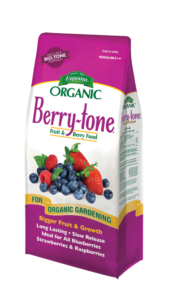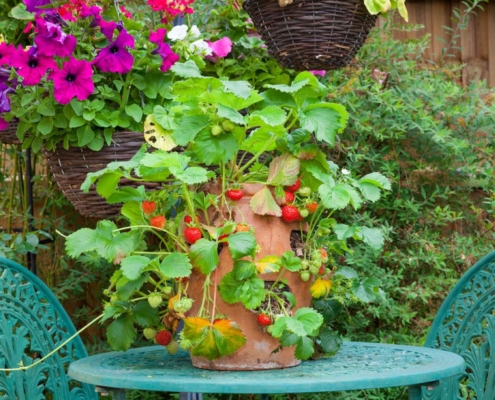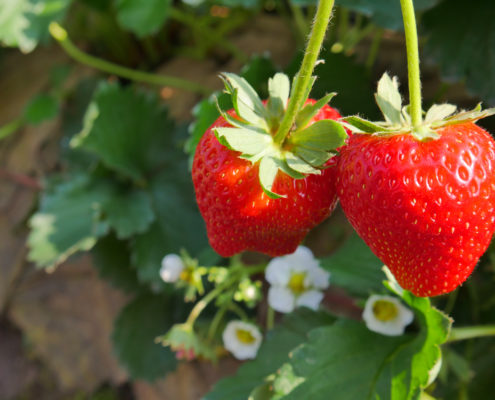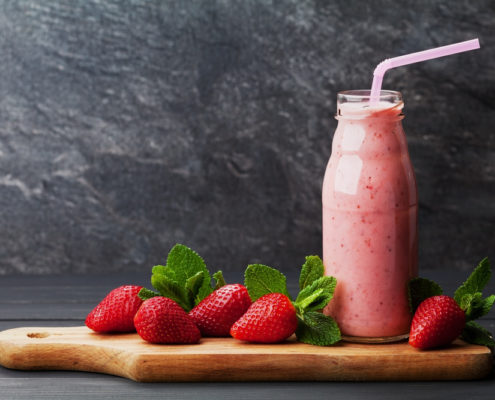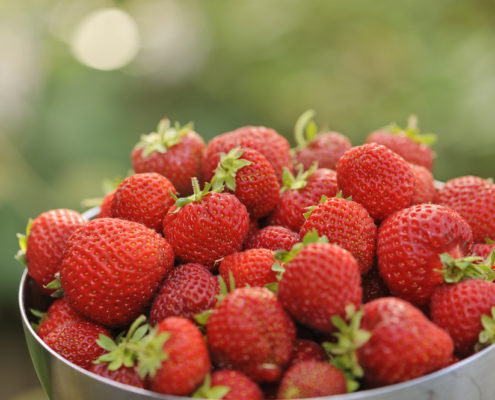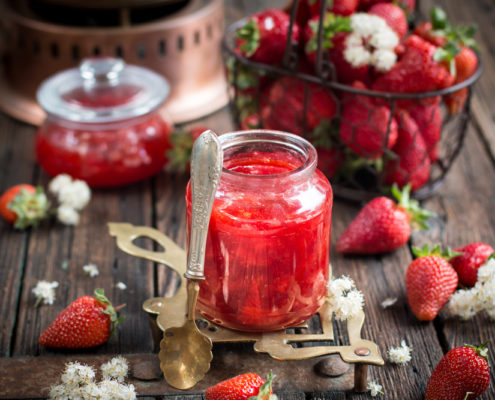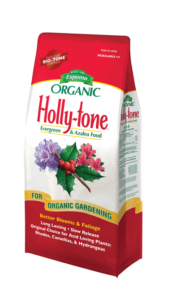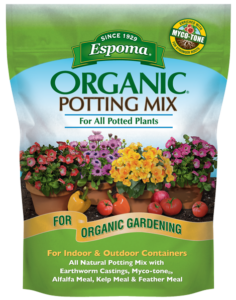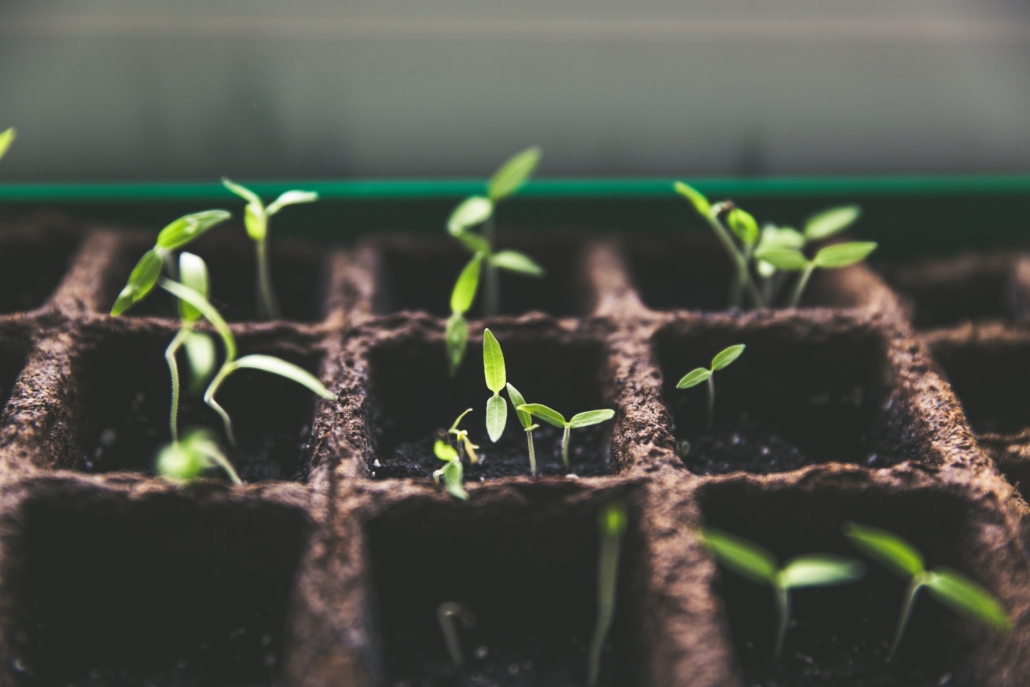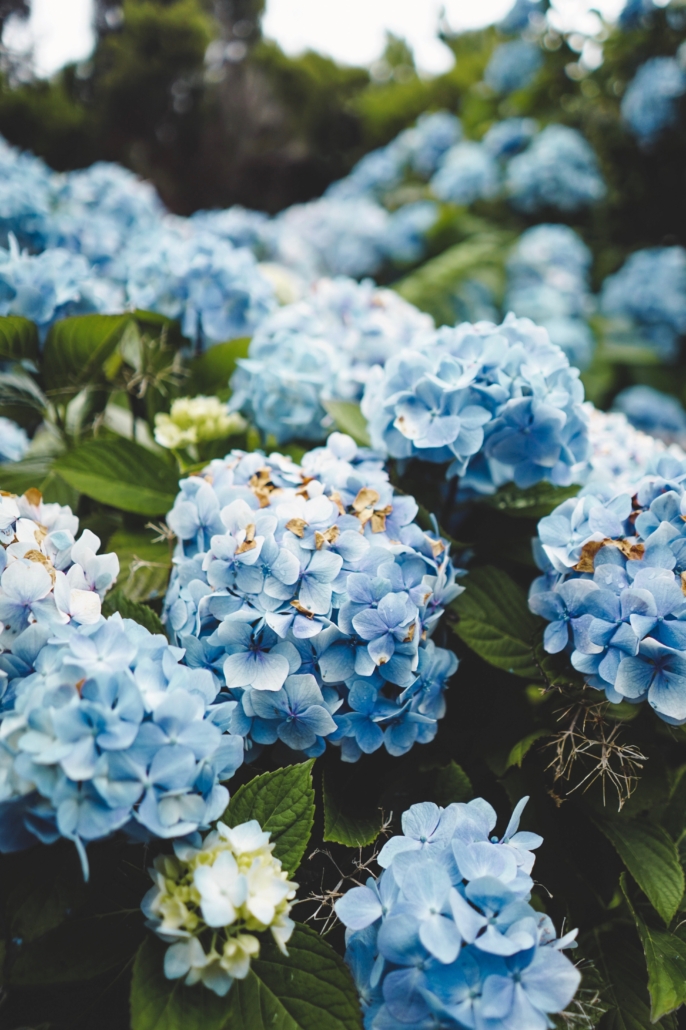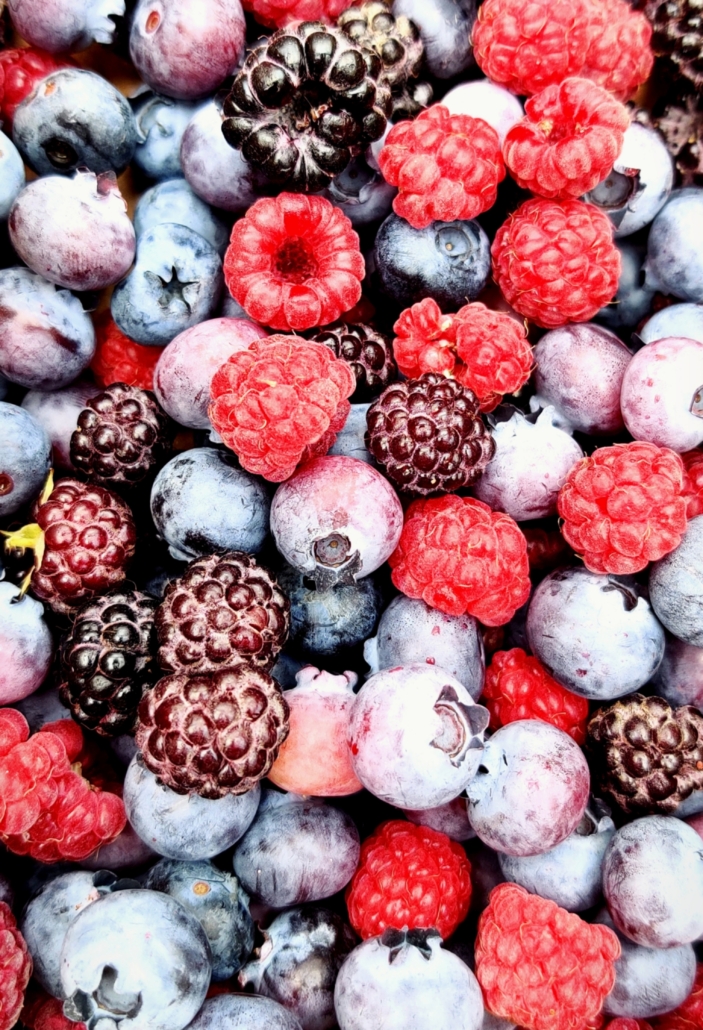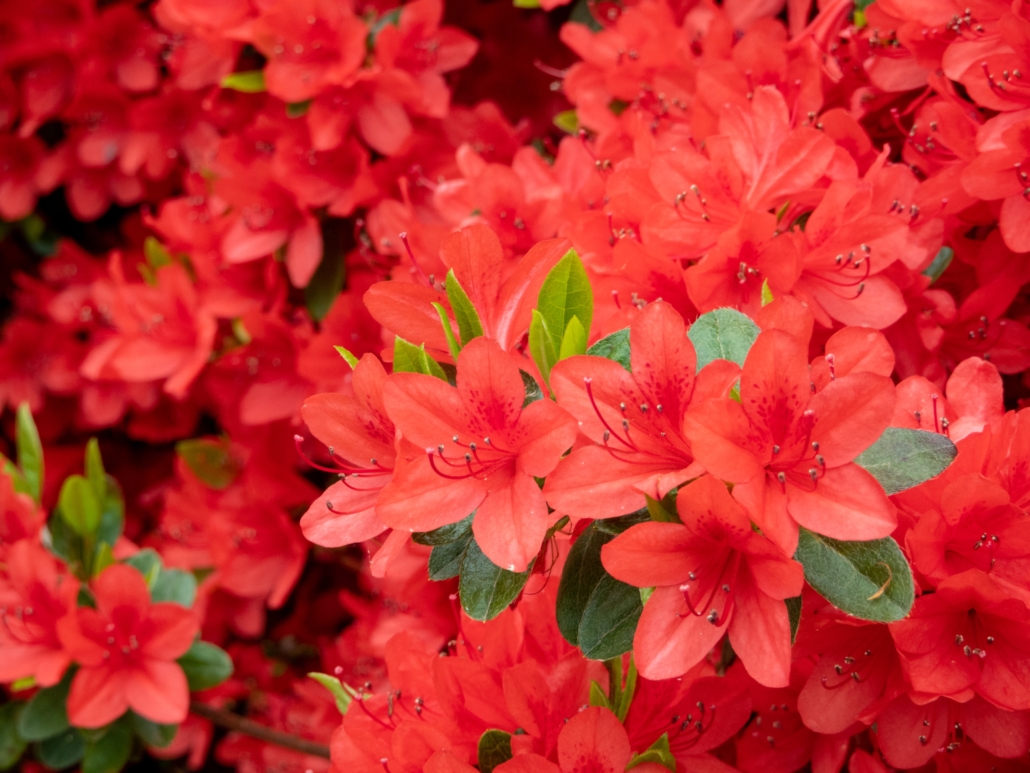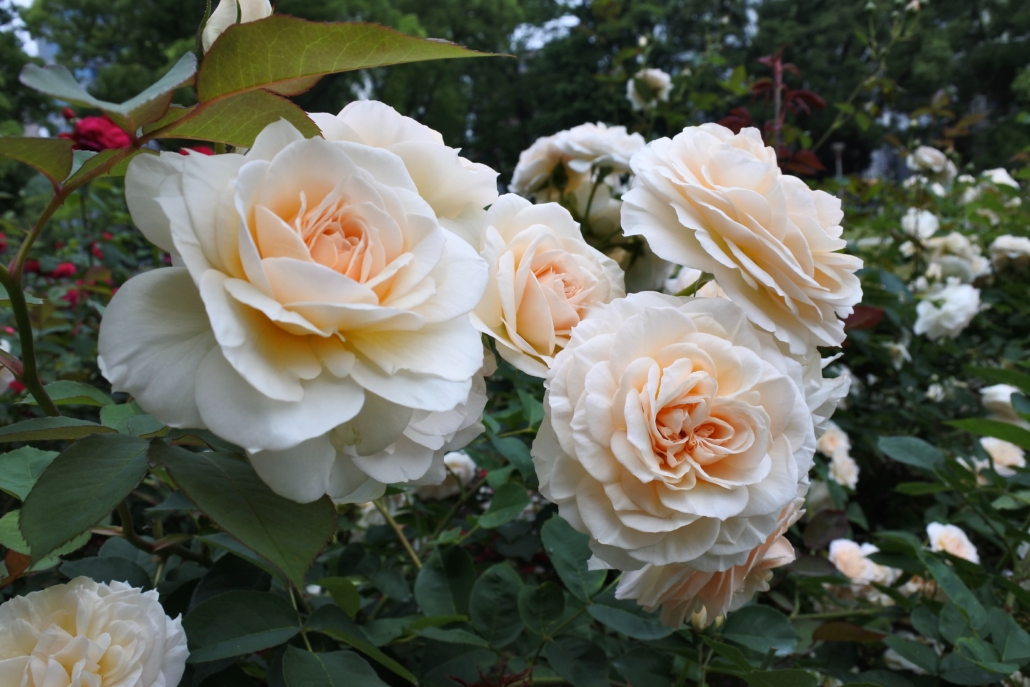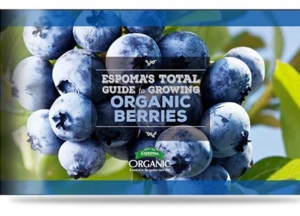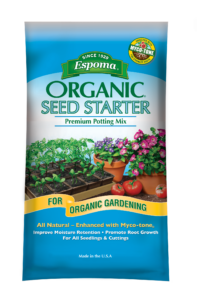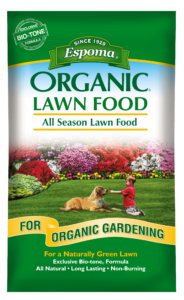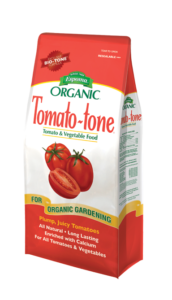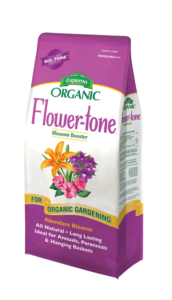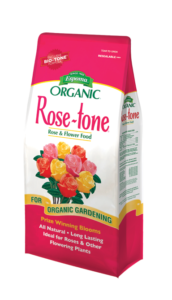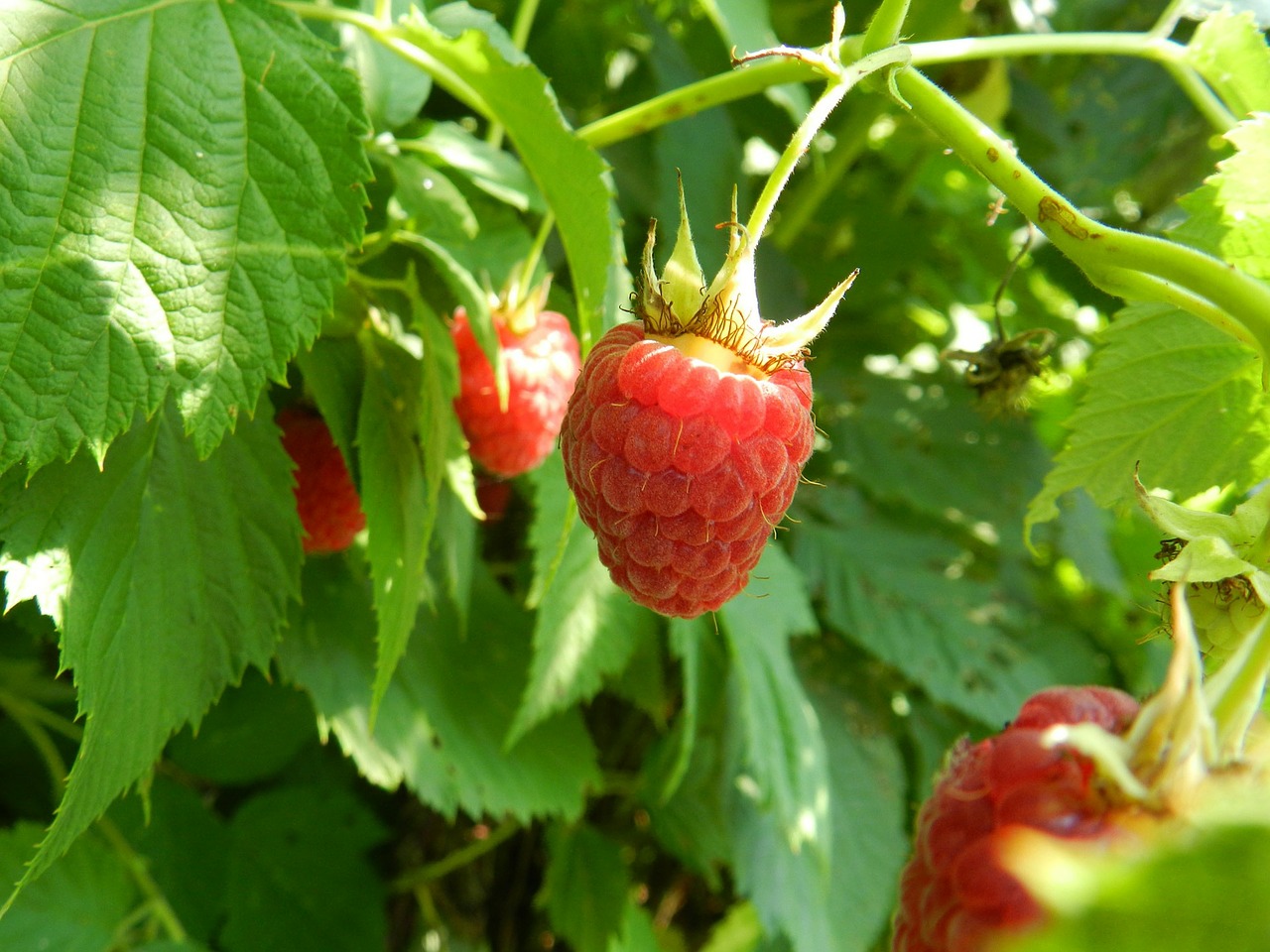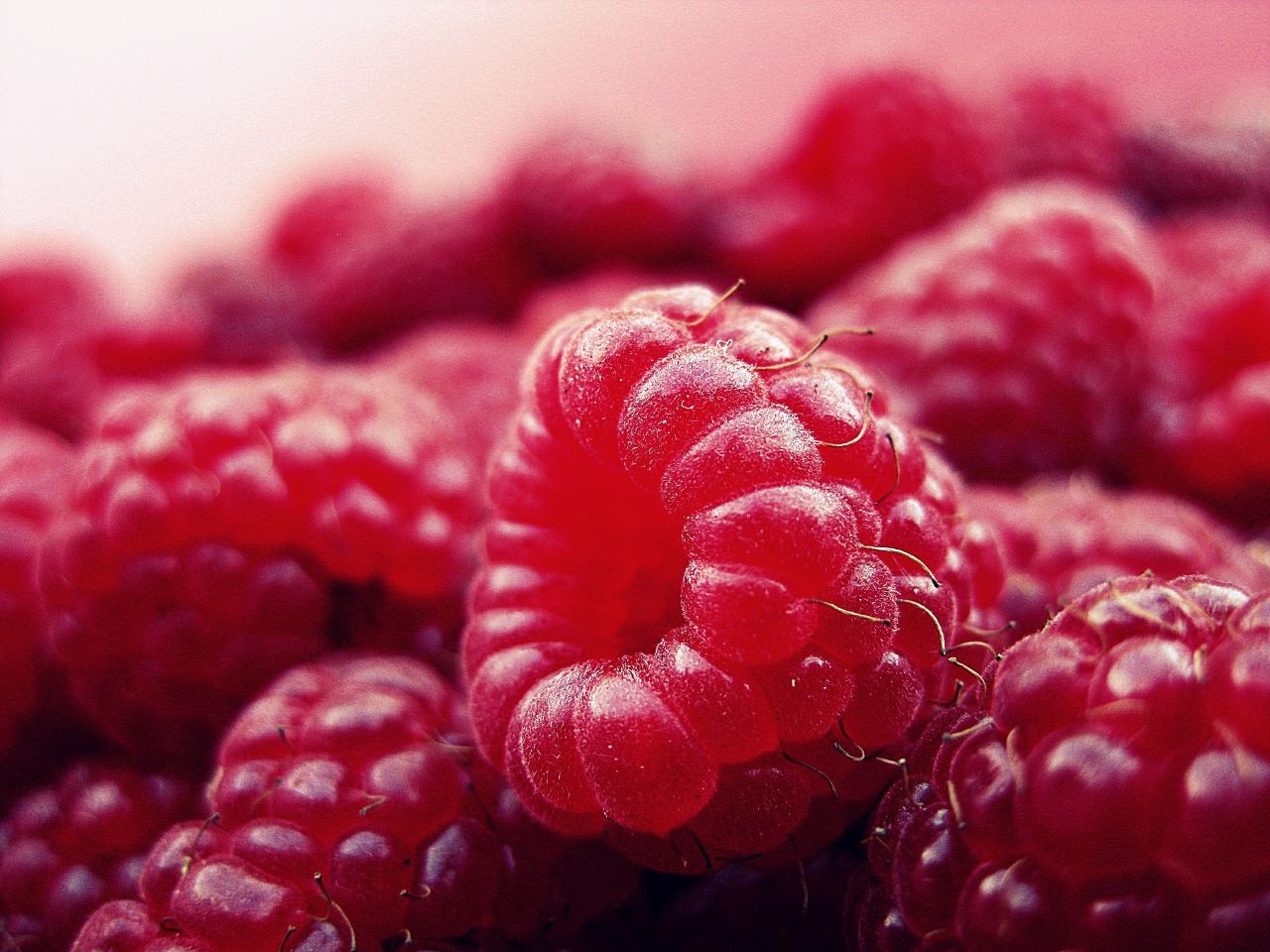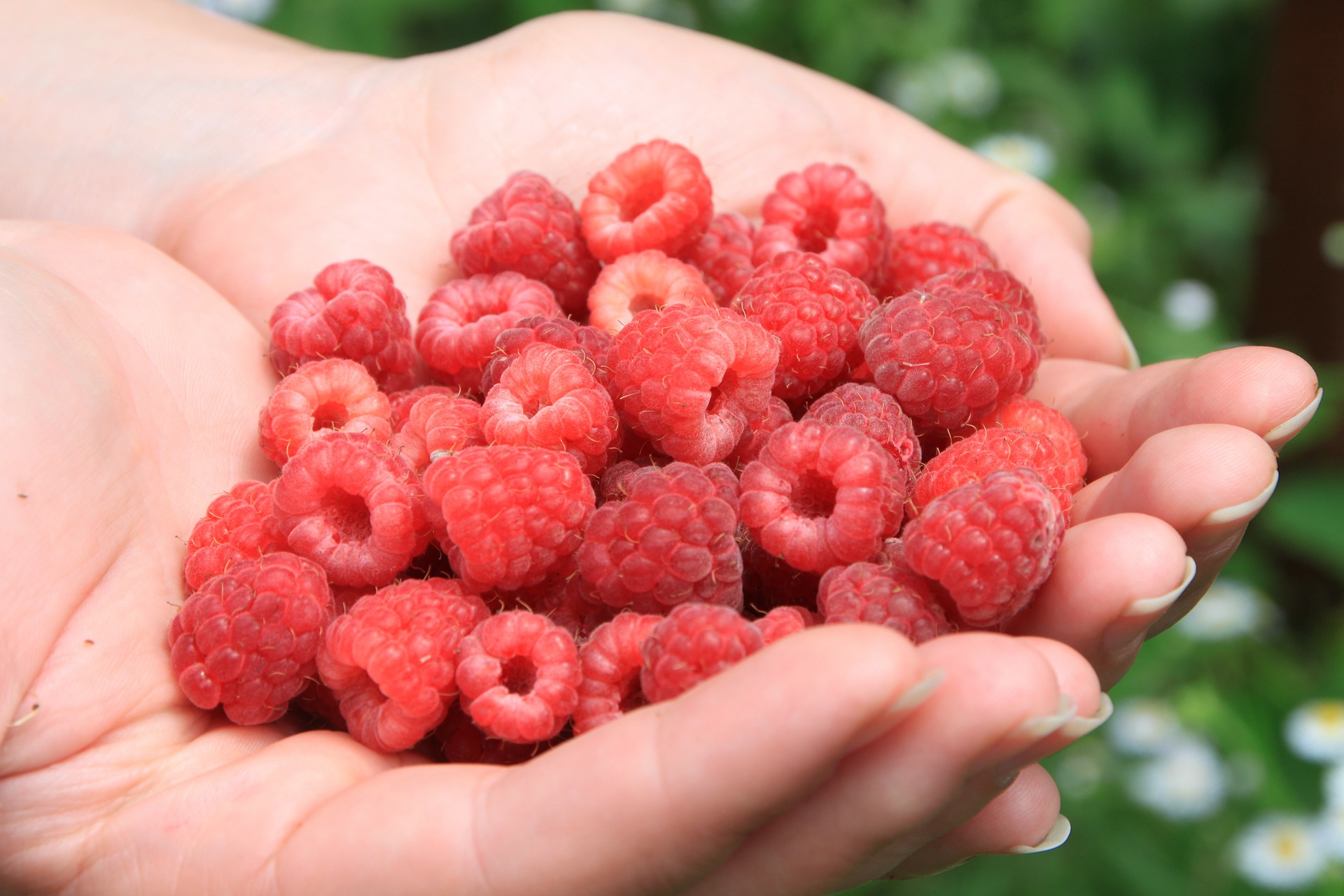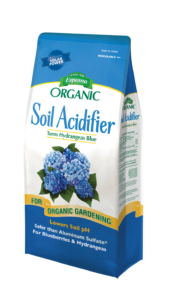It’s almost September and your strawberry plants are still yielding fresh, summer-ripened fruit!
Strawberries are delicious and versatile. They can be used in desserts, smoothies or anything that’s cooked or pureed. They can also be frozen and made into jams. Where there’s a strawberry, there’s a way! But first, you have to know how to pick.
Prepare for Picking
In September, many strawberry plants will be busy developing latent buds for next spring’s flowers. Some will rest during late summer, only to be perk up in the middle of fall. Make sure to take advantage of your strawberry plants while they’re still producing fruit! (And remember, they’ll be back next year.)
Pick strawberries in the morning, before the sun gets too hot. Immediately after picking, place strawberries in the refrigerator. Be sure to rinse them before consuming, or before preparing a dish.
If you decide to not eat your strawberries right away or make them into a recipe, you can still freeze, dry or can them.
Our Favorite Recipes
Strawberry Salad Dressing
Ingredients:
- 1/3 cup canola oil
- 4 large chopped strawberries
- 2 tbsp honey
- 2 tbsp white wine vinegar
Blend ingredients together using a food processor until the consistency of the dressing is smooth.
Leftovers? Store extras in the refrigerator for up to 4 days.
Fresh Strawberry Muffins
Ingredients:
- 2 ½ cups fresh strawberries, sliced and slightly mashed
- 3 cups unbleached all-purpose flour
- 1 ½ cups sugar
- 2 tsp. baking powder
- 1 tsp. salt
- 1 tsp. cinnamon
- 4 eggs, beaten
- 1 ¼ cups canola or coconut oil
Preheat oven to 425◦.
Combine dry ingredients in large mixing bowl. Combine eggs and oil in a separate small mixing bowl.
Mix the strawberries into egg mixture.
Blend in flour mixture until thoroughly combined.
Spoon into greased muffin tins until nearly full.
Bake at 425◦ for 5 minutes. After that, reduce heat to 350◦ and bake an additional 15-19 minutes, or until a toothpick inserted in center comes out clean.
Balsamic Strawberry Asparagus
Ingredients
- 1 pound asparagus, ends trimmed
- 1 tablespoon olive oil
- 1 cup balsamic vinegar
- 20 medium strawberries, sliced
- 10 leaves basil, chopped
- Salt and pepper
Preheat oven to 400◦.
Place asparagus on a baking sheet and drizzle with olive oil.
Roast asparagus for 8-10 minutes, until just tender.
Boil. While the asparagus is roasting, boil the balsamic vinegar until reduced to about ¼ cup.
Serve and divide asparagus amongst plates and top with sliced berries, basil, and salt and pepper. Use a spoon to drizzle each serving of asparagus with the balsamic syrup and serve!
For more great berry recipes and other ideas, check out our Pinterest board and our ultimate berry growing guide!
Have a great strawberry recipe you want to share? Drop by our Facebook page!

